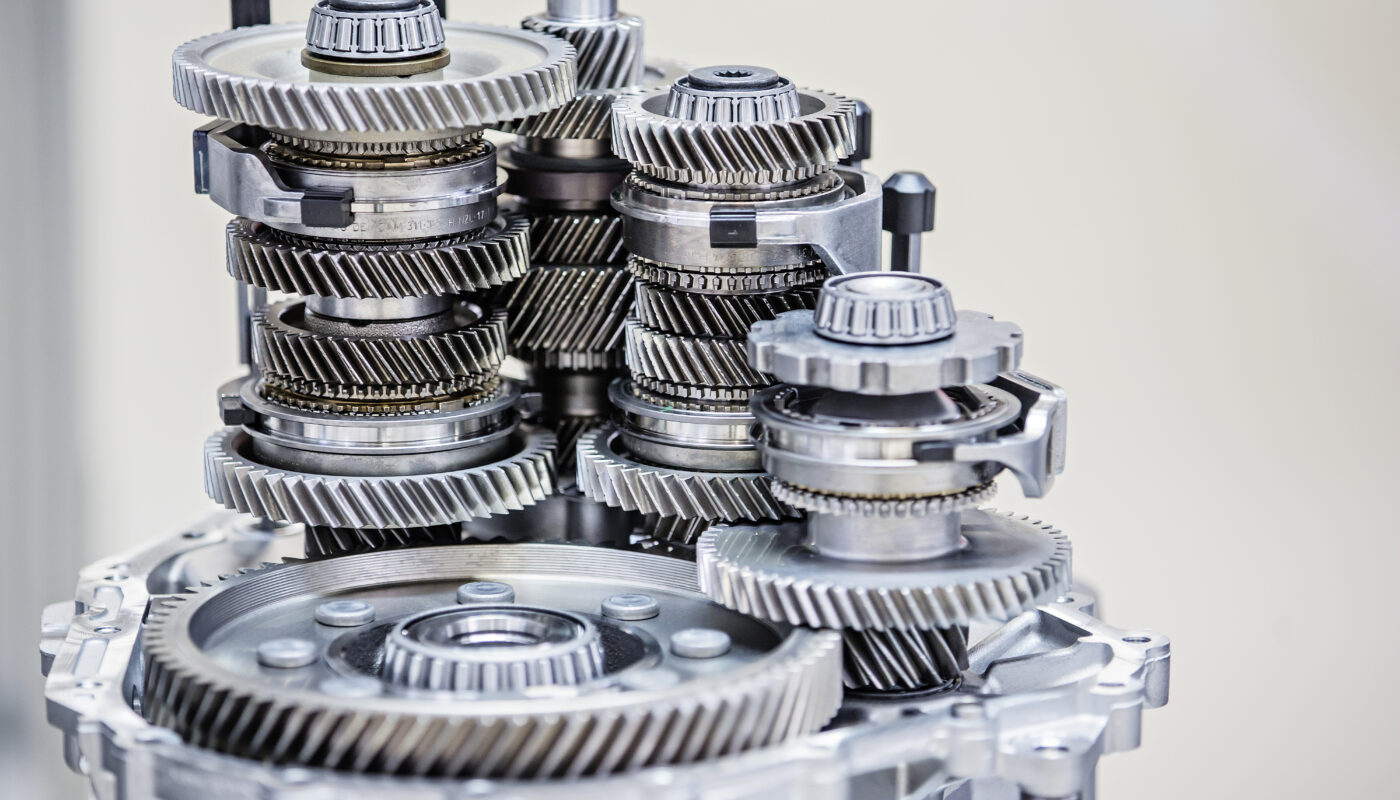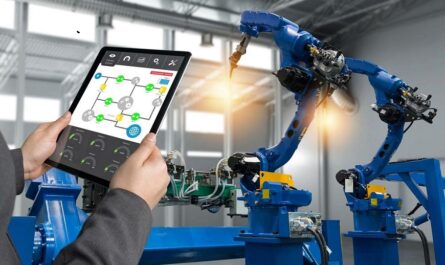An industrial gearbox is a mechanical device used to transfer torque and change the speed of the rotational input from a motor or engine to a desired output rotation. It contains hardened gears mounted on shafts inside a lubricated sealed housing. Industrial gearboxes are commonly used in manufacturing industries, construction equipment, material handling equipment and other heavy machinery where there is a need for speed reduction or torque multiplication.
Gearbox Types and Designs
There are different types of industrial gearboxes designed for various applications:
Helical Gearbox: Most commonly used Industrial Gearbox type features helical cut gears that provide smooth and quiet torque transmission. Ideal for general industrial machinery.
Worm Gearbox: Features a worm gear and worm wheel for high gear reduction ratios in a compact package. Commonly used where high torque and low speed output is required.
Bevel Gearbox: Contains bevel cut gears to transfer torque at 90-degree angles. Used where angle changes are necessary like conveyor drives.
Planetary Gearbox: Features an internal planet gear design for additional gear reduction in a small package. Offers high torque output capability. Often found in heavy-duty lifting equipment.
Slewing Gearbox: Special design with multiple stages to withstand heavy radial loads during rotational movement. Used in construction cranes and large machinery.
Gearbox Components and Operation
The main components of an industrial gearbox include:
Housing: Provides enclosure and mounting. Made of cast iron or aluminium for strength and durability.
Input and Output Shafts: Used to connect the gearbox to the upstream motor/engine and downstream driven machinery.
Gear Sets: Multiple hardened and precision-cut gears oriented to perform gear reductions or overdrives.
Bearings: Support shaft rotation and manage gear mesh loading for long-lasting performance.
Seals: Protect internal components from contamination while allowing shaft rotation.
Lubrication: Grease or oil is used to reduce friction and wear during gear meshing and shaft rotation.
When power is fed to the input shaft via a connected motor or engine, the rotational motion of the input shaft causes the gears inside the gearbox to mesh and turn in sequence. This engagement between different sized gears multiplies the input torque and reduces the output speed based on gear ratios, directing controlled rotational power to the driven machinery.
Key Benefits of Industrial Gearboxes
Speed and torque conversion: Gearboxes allow converting high-speed low-torque input into lower-speed higher-torque output (or vice versa) well-suited for various industrial machines.
Compact design: Multiple gear stages provide large gear reductions in small footprints compared to direct belt drives or chains. Saves space.
Reliability: Robust gear and bearing components are hardened for continuous duty cycles. Proper lubrication and sealing extends service life.
Load handling: Torque multiplication capability and heavy-duty construction enables gearboxes to safely manage substantial machinery loads.
Safety: Enclosed gearing isolates personnel from moving parts for accident prevention in industrial settings.
Cost-effectiveness: Durable gearboxes deliver long-term value by reliably powering manufacturing equipment for years of continuous use.
Industrial Applications
Gearboxes sustain manufacturing operations across many industries by powering applications such as:
Material handling: Conveyors, lifts, cranes, stackers, automated guided vehicles.
Process equipment: Mixers, blenders, extruders, separators, grinders, cutters, pumps.
Metalworking: Lathes, mills, grinders, presses, shears, welding machines.
Packaging: Filling machines, wrappers, sealers, labelers, shrink wrappers, palletizers.
Construction: Earth moving vehicles, boom lifts, forklifts, drilling/coring machines.
Woodworking: Saws, routers, sanders, planers, presses.
Textiles: Looms, winders, draw frames, combing machines, knitting machines.
The Reliable Choice for Factory Automation
As modern factories increasingly rely on automation for higher production outputs, industrial gearboxes play a vital behind-the-scenes role by delivering durable and consistent power transmission solutions. Their capability to efficiently manage torque and speed variations ensures that a wide range of automated machinery performs to specification year after year. By enabling factory processes to flow smoothly and reliably, gearboxes indirectly but significantly contribute to enhanced manufacturing productivity, reduced costs, consistent quality control and overall competitiveness in industrial operations worldwide.
Note:
1. Source: Coherent Market Insights, Public sources, Desk research.
2. We have leveraged AI tools to mine information and compile it.




